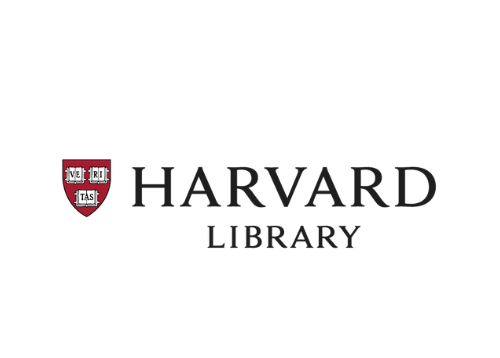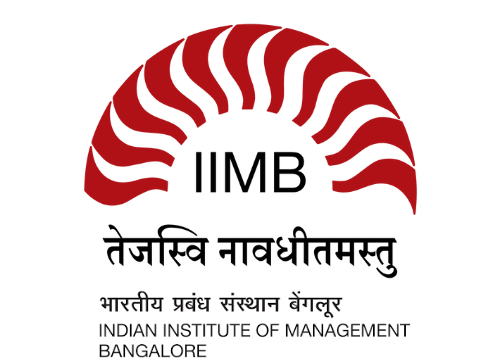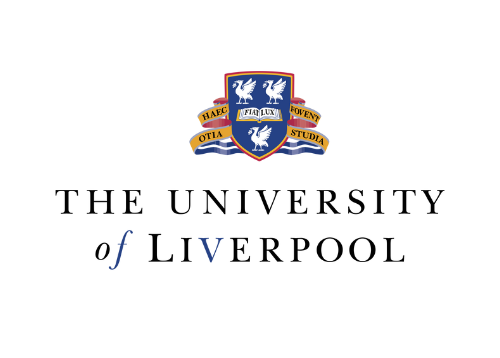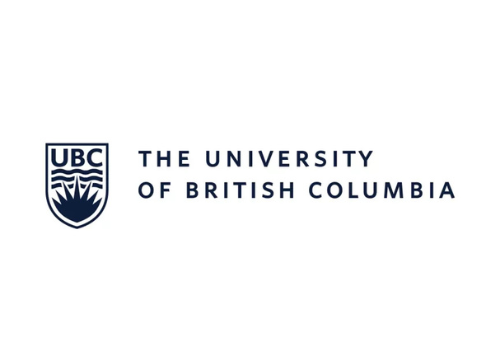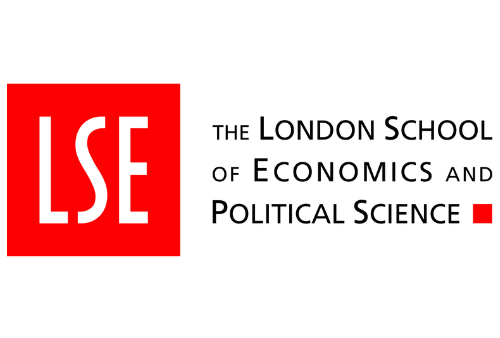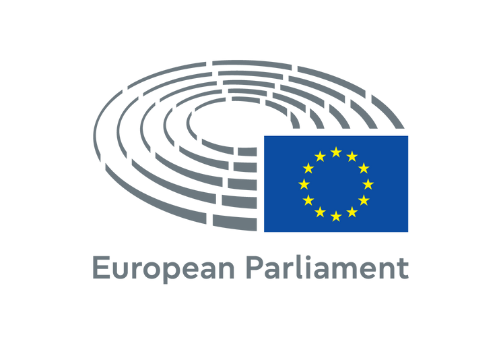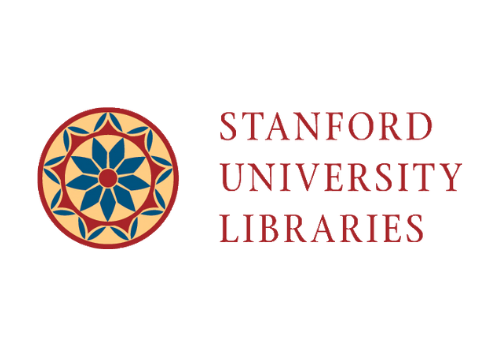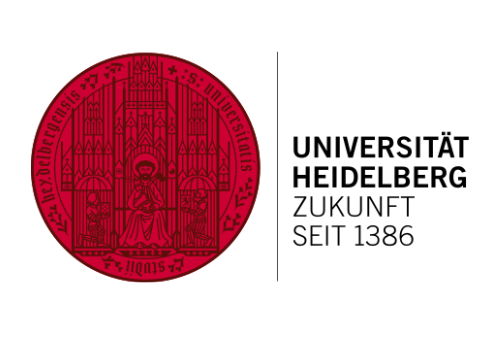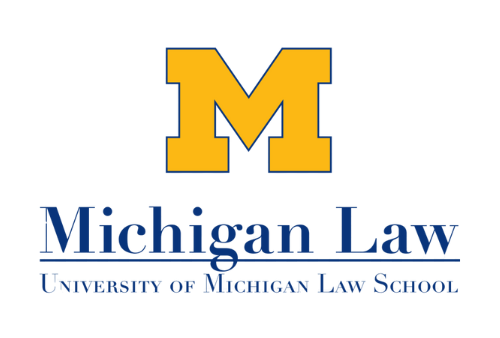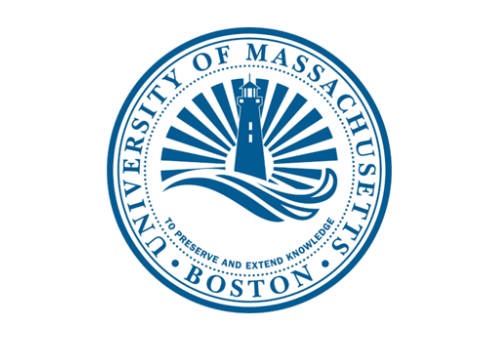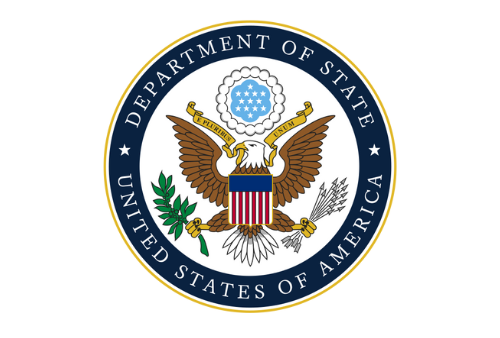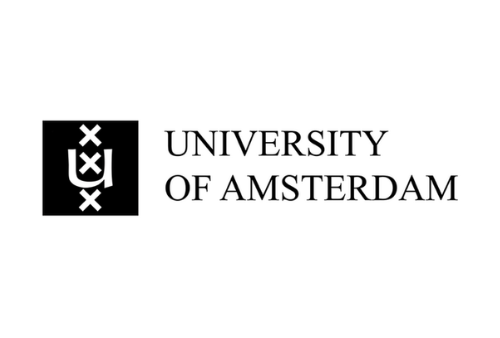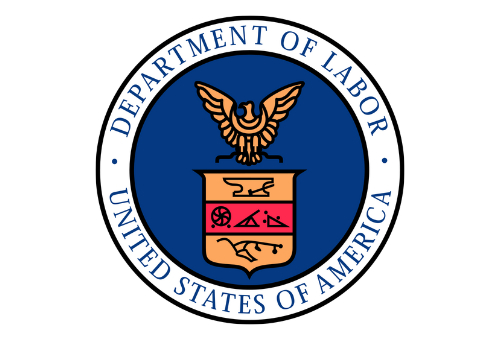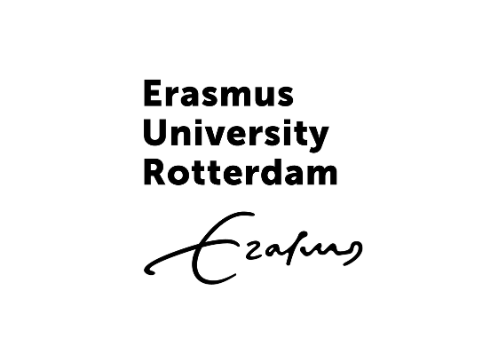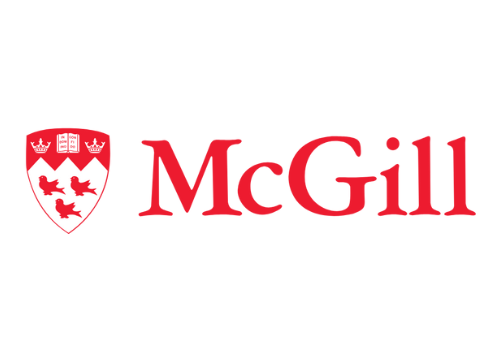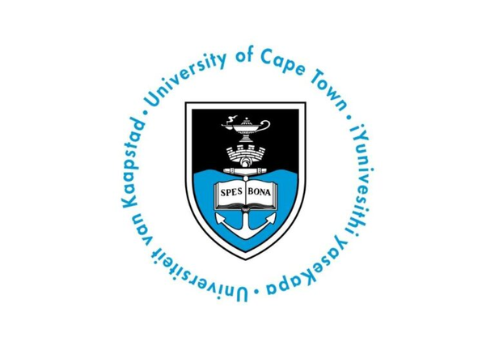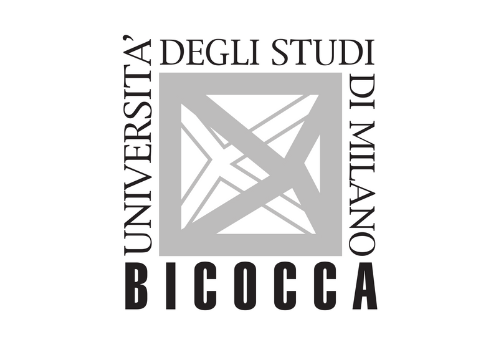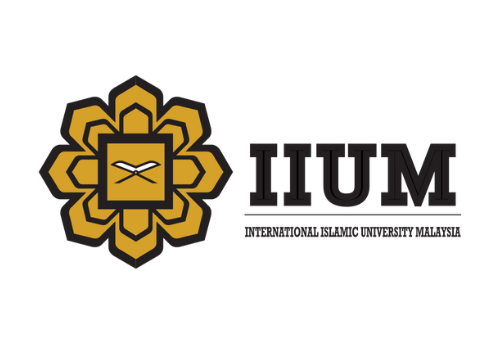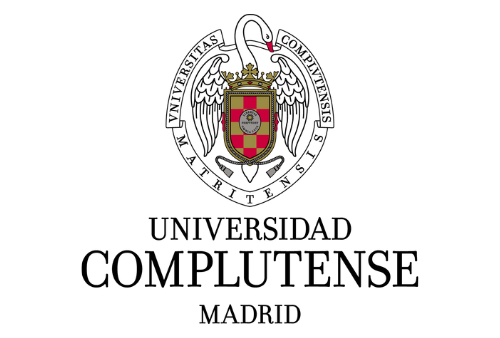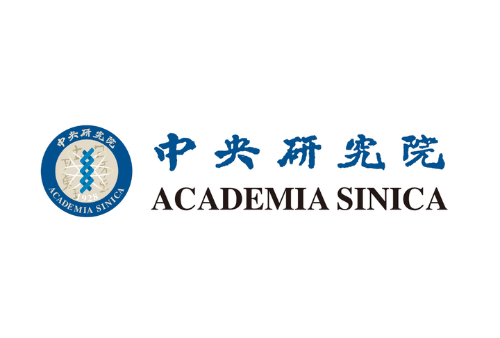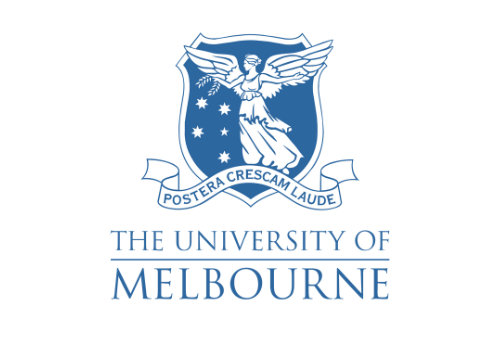JUDICIAL ACTIVISM AS AN INSTRUMENT OF ACCOUNTABILITY IN INDIA: AN ANALYSIS THROUGH RECENT LANDMARK JUDGMENTS
Vikash Kumar Das, LLM Student at Gujarat National Law University, Gandhinagar
The recent landmark judgment in The State of Tamil Nadu vs. Governor of Tamil Nadu & Anr., 2025, wherein the Hon’ble Supreme Court set a deadline for the President and Governors to act upon Bills within a prescribed timeline, has sparked intense debates on the separation of powers and judicial overreach. Judicial activism and the doctrine of separation of powers in India have been subjects of intense debate for decades. Through judicial activism, the Judiciary safeguards the constitutional framework and the rights of the people from the arbitrary exercise of power by the other branches of government. Hence, its role becomes imperative, although it often faces critical remarks and power struggles from the Legislature and the Executive. This Research Article examines the concept of Judicial Activism through the lens of recent landmark judgments. It discusses the constitutional perspective of judicial activism and the separation of powers. It delves into how judicial activism is an instrument for safeguarding constitutional values and helps establish good governance. This research paper highlights the role of judicial activism in laying the foundation for accountable government, safeguarding the rights of the people, and upholding constitutional values in this modern era through the lens of Constitutional Provisions and recent landmark judgments. It further highlights how it led to the formulation of welfare-oriented policies and legislation aimed at advocating the common good and fostering good governance, irrespective of the criticism it faces. The research article employed doctrinal and secondary legal databases to conduct this research.
| 📄 Type | 🔍 Information |
|---|---|
| Research Paper | LawFoyer International Journal of Doctrinal Legal Research (LIJDLR), Volume 3, Issue 3, Page 187–229. |
| 🔗 Creative Commons | © Copyright |
| This work is licensed under a Creative Commons Attribution-NonCommercial 4.0 International License . | © Authors, 2025. All rights reserved. |


